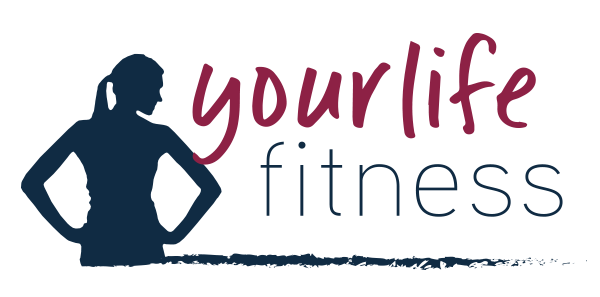
Benefits of exercise
Step right up! It's the miracle cure we've all been waiting for.
It can reduce your risk of major illnesses, such as heart disease, stroke, type 2 diabetes and cancer by up to 50% and lower your risk of early death by up to 30%. It’s free, easy to take, has an immediate effect and you don’t need a GP to get some. Its name? Exercise.
Exercise is the miracle cure we’ve always had, but for too long we’ve neglected to take our recommended dose. Our health is now suffering as a consequence. This is no snake oil. Whatever your age, there's strong scientific evidence that being physically active can help you lead a healthier and even happier life.
People who do regular activity have a lower risk of many chronic diseases, such as heart disease, type 2 diabetes, stroke, and some cancers. Research shows that physical activity can also boost self-esteem, mood, sleep quality and energy, as well as reducing your risk of stress, depression, dementia and Alzheimer’s disease.
Health benefits
Given the overwhelming evidence, it seems obvious that we should all be physically active. It's essential if you want to live a healthy and fulfilling life into old age.
It's medically proven that people who do regular physical activity have:
up to a 35% lower risk of coronary heart disease and stroke
up to a 50% lower risk of type 2 diabetes
up to a 50% lower risk of colon cancer
up to a 20% lower risk of breast cancer
a 30% lower risk of early death
up to an 83% lower risk of osteoarthritis
up to a 68% lower risk of hip fracture
a 30% lower risk of falls (among older adults)
up to a 30% lower risk of depression
up to a 30% lower risk of dementia
What counts?
To stay healthy, adults should try to be active daily and aim to achieve at least 150 minutes of physical activity over a week through a variety of activities.
For most people, the easiest way to get moving is to make activity part of everyday life, like walking or cycling instead of using the car to get around. However, the more you do, the better, and taking part in activities such as sports and exercise will make you even healthier.
For any type of activity to benefit your health, you need to be moving quick enough to raise your heart rate, breathe faster and feel warmer. This level of effort is called moderate intensity activity. One way to tell if you're working at a moderate intensity is if you can still talk but you can't sing the words to a song.
If your activity requires you to work even harder, it is called vigorous intensity activity. There is substantial evidence that vigorous activity can bring health benefits over and above that of moderate activity. You can tell when it’s vigorous activity because you're breathing hard and fast, and your heart rate has gone up quite a bit. If you're working at this level, you won't be able to say more than a few words without pausing for a breath.
A modern problem
People are less active nowadays, partly because technology has made our lives easier. We drive cars or take public transport. Machines wash our clothes. We entertain ourselves in front of a TV or computer screen. Fewer people are doing manual work, and most of us have jobs that involve little physical effort. Work, house chores, shopping and other necessary activities are far less demanding than for previous generations.
Recommended physical activity levels
Children under 5 should do 180 minutes every day
Young people (5-18) should do 60 minutes every day
Adults (19-64) should do 150 minutes every week
Older adults (65 and over) should do 150 minutes every week
We move around less and burn off less energy than people used to. Research suggests that many adults spend more than seven hours a day sitting down, at work, on transport or in their leisure time. People aged over 65 spend 10 hours or more each day sitting or lying down, making them the most sedentary age group.
Sedentary lifestyles
Inactivity is described by the Department of Health as a “silent killer”. Evidence is emerging that sedentary behaviour, such as sitting or lying down for long periods, is bad for your health.
Not only should you try to raise your activity levels, but you should also reduce the amount of time you and your family spend sitting down.
Common examples of sedentary behaviour include watching TV, using a computer, using the car for short journeys and sitting down to read, talk or listen to music – and such behaviour is thought to increase your risk of many chronic diseases, such as heart disease, stroke and type 2 diabetes, as well as weight gain and obesity.
“Previous generations were active more naturally through work and manual labour, but today we have to find ways of integrating activity into our daily lives,” says Dr Cavill.
Whether it's limiting the time babies spend strapped in their buggies, or encouraging adults to stand up and move frequently, people of all ages need to reduce their sedentary behaviour.
“This means that each of us needs to think about increasing the types of activities that suit our lifestyle and can easily be included in our day,” says Dr Cavill.
Crucially, you can hit your weekly activity target but still be at risk of ill health if you spend the rest of the time sitting or lying down. For tips on building physical activity and exercise into your day, whatever your age, read Get active your way.
Source: NHS online
Ready to live fit?

